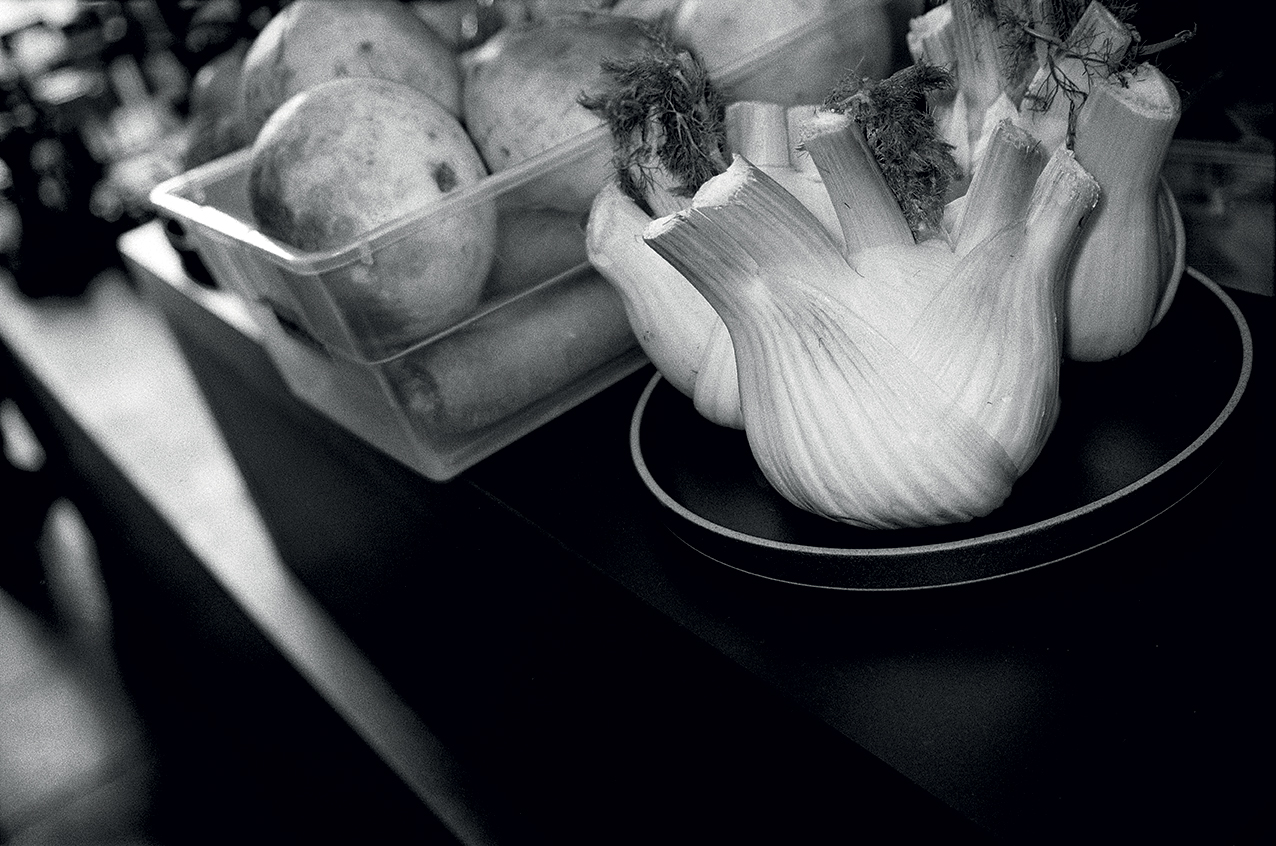Purple Magazine
— The Los Angeles Issue #30 F/W 2018
joseph geiskopf
los angeles
food
triniti
joseph geiskopf
interview and photography by OLIVIER ZAHM
Why Echo Park’s food scene is different: it’s discreet, it’s real, it’s delicious, and it’s not noisy or pretentious.
A great place to go is Triniti, a small, high-end-casual coffee shop where you go in for a matcha, and after running into people you know and enjoying the best vegetable dishes you’ve ever had, you end up staying all day and come back the next day.
OLIVIER ZAHM — “Food for the people,” says your Instagram — is there something political in your approach to food, which is very high-end but also not expensive at all?
JOSEPH GEISKOPF — I spent almost my whole career cooking in restaurants I could never afford to eat at. I like the idea of Triniti being a culmination of very high-end food and approachable.
OLIVIER ZAHM — That phrase on…
